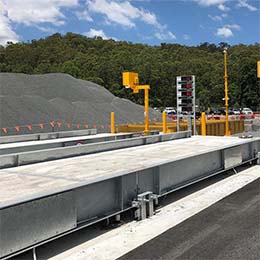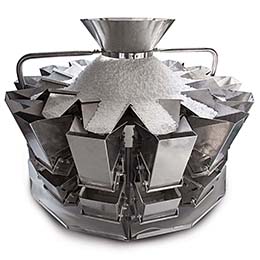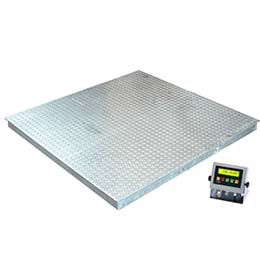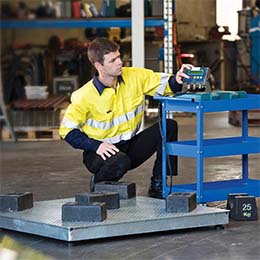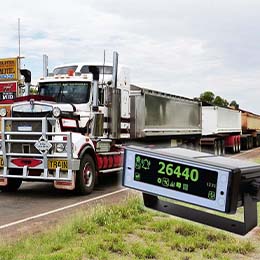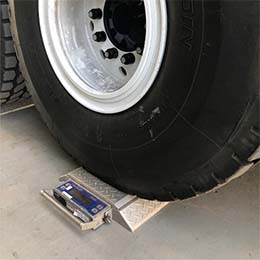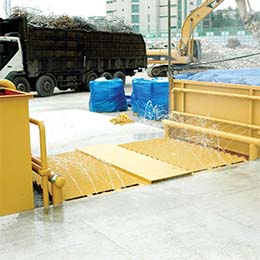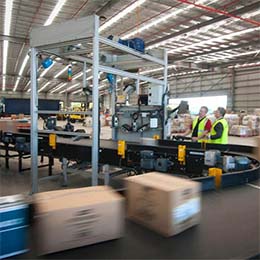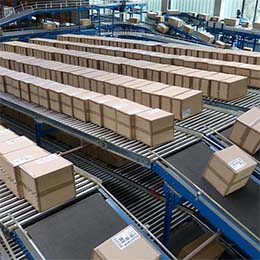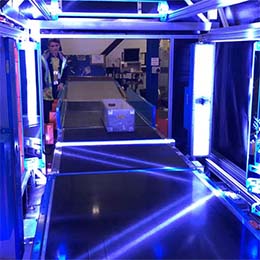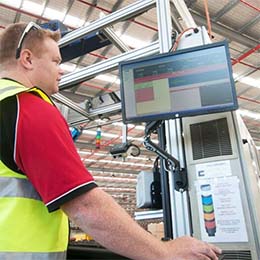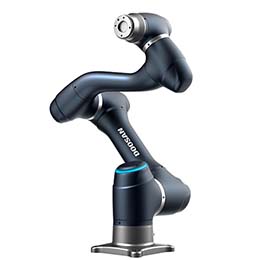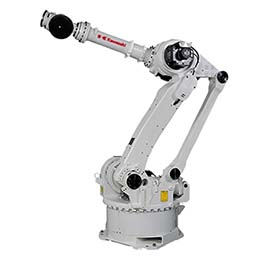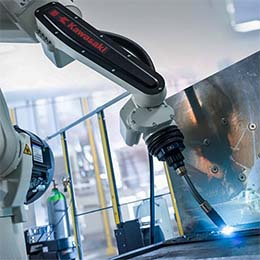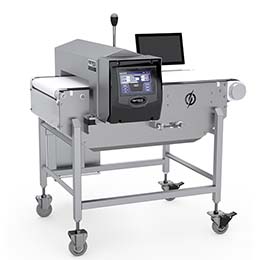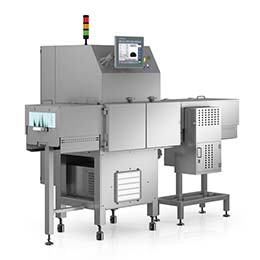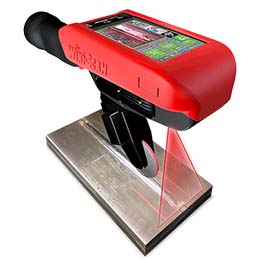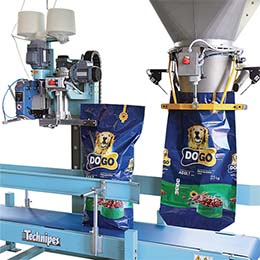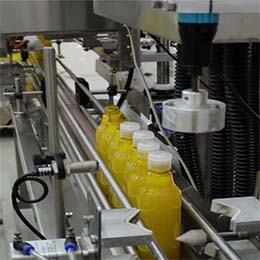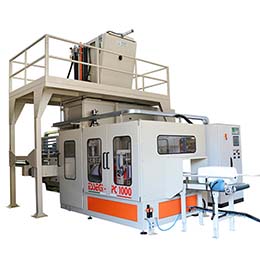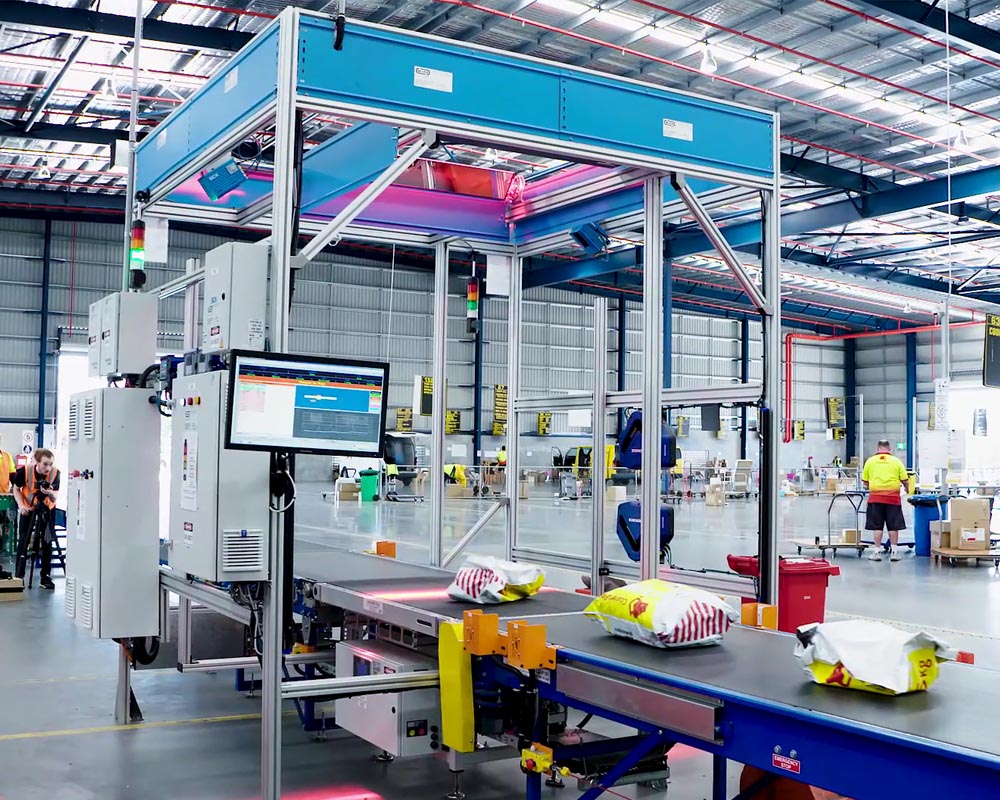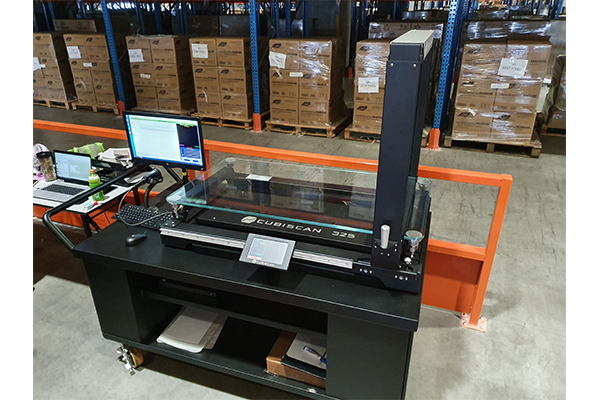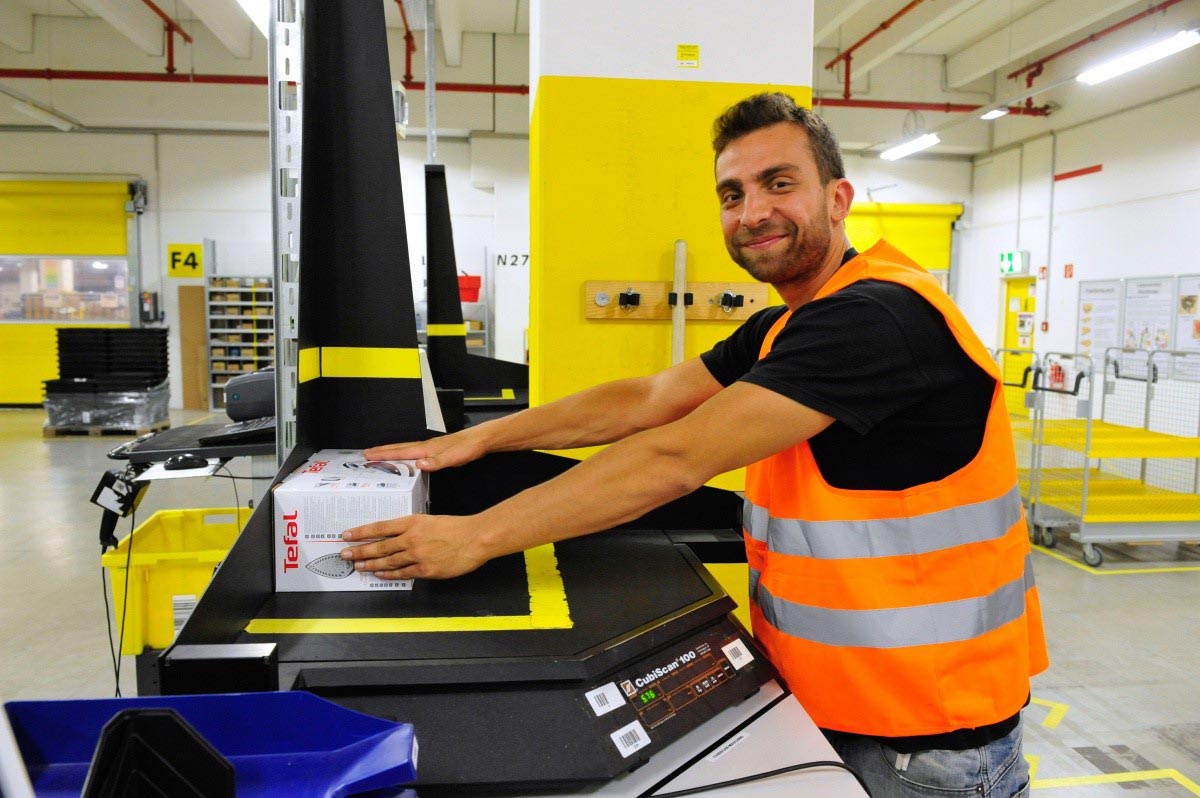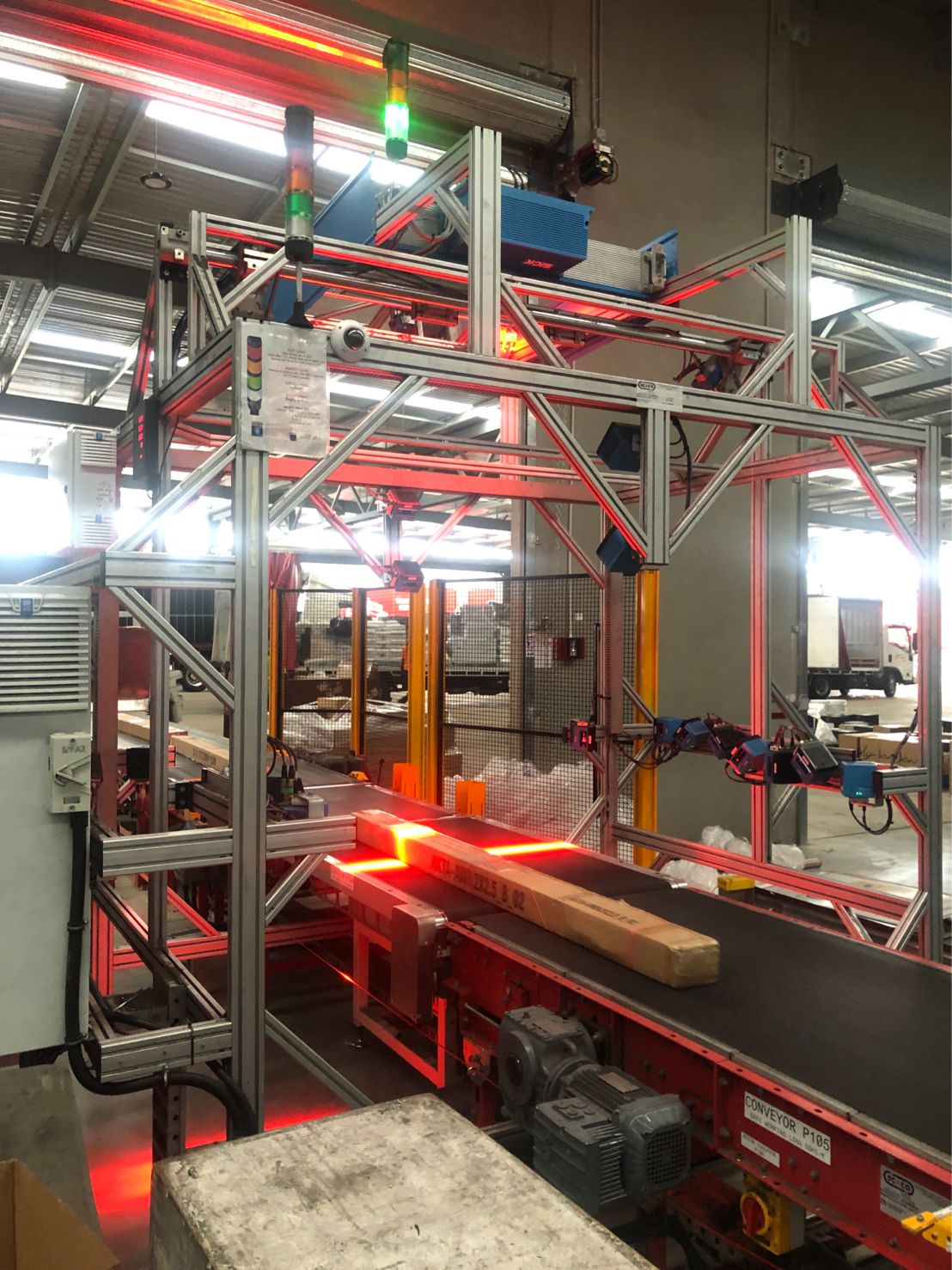Dimension weigh scan and Cubiscan applications
Which Cubiscan or Dimension Weigh Scan solution is right for you?
The answer to this question will depend on the application involved. In other words, what is the problem that you are trying to solve? Different Cubiscan or DWS system solutions will, logically, be better suited to some types of applications rather than others.
Dimensioning automation applications
Inbound and existing warehouse SKUs
Get accurate SKU dimensional master data and supercharge your WMS
These days modern WMS and WCS systems need very accurate SKU dimensional master data in order to make intelligent, SKU-level optimisation and material handling decisions at each of the different stages of the SKU’s journey through the warehouse. Read More
With inbound SKU measurement applications, the critical questions to consider are:
- How many SKUs in total do you need to measure now?
- How many SKUs will you need to measure each month on an ongoing basis?
- What are the shapes of the SKUs – are they all in cartons or are they mostly irregular shapes or are they a mixture of both?
- What are the minimum and the maximum weights and dimensions of the items to be measured?
- What level of measurement precision do you require?
- Do you want to take advantage of a mobile trolley workstation in which you can take the CubiScan unit on the mobile trolley to the SKUs? Or do you want a table or bench-top solution in which you bring all of the SKUs to the centralized area?
- How do you wish to export the captured data?
Outbound shipping
For packed orders at warehouse dispatch
Whether you are a busy warehouse, distribution center, 3PL, or ecommerce hub the capture of outbound parcel, carton, and order weight and dimensions – and the import of this data into a host freight or transport management system – is a critical task to get automated.
With outbound order or parcel shipping applications, the critical questions to consider are:
- What is the volume processing throughput per hour that you require? In other words, if you have a lower volume requirement, that might mean you need to measure 200 individual items per day and you have five available hours to do this in. That means you need to measure around 40 items per hour. If this sounds like you then a manual semi-automatic solution may be suitable.
- What are the minimum and maximum weights and dimensions (LWH) of the items to be measured?
- What are the shapes of the items? Are they all in cartons or are they mostly irregular shapes or are they a mixture of both? The answer to this question will help to determine which CubiScan model is right for you.
- What level of measurement precision to you require?
- Higher volume throughput – If you have volume throughout requirements that exceed, say, 200 items per hour then you will likely benefit from a more automated, in-motion solution. If so, the above questions will apply but also more complex issues such as automated barcode scanning – how many sides to scan and what type of barcodes and scanners are best, automated conveying, spacing-gapping conveyors, reject lanes, sortation lanes, and physical space available may apply.
eCommerce fulfilment
Similar application case as outbound shipping
However, in the case of last-mile fulfilment, eCommerce can also be said to be very similar to a typical express freight cross-dock. Why? Because in eCommerce retailers are supplying a very broad range of items over which they have increasingly less control. And shipments come in for a few hours before they are scanned, measured, and sorted into designation lanes or line hauls for delivery vans. If the market demands it eCommerce will supply it – from the smallest items to the largest irregular shapes items. Therefore, with this application the same questions as in the parcel shipping applications will apply and, in particular, we are concerned with volume throughputs per hour and parcels size ranges.
Where volumes are low solutions like the Cubiscan 100 or Cubiscan 150 or the Parcel Scan 2 for irregular shapes may apply.
With higher volumes a variety of bespoke solutions can get the job done.
Barcode Scanning Automation
For scanning items into custody
There are some parcel shipping or logistics applications where the new items arriving on your premises only need to be identified by automated barcode scanning when they come into a new physical custody location. In other words, these items are being “scanned into custody.” They may also be scanned for purposes of determining sortation lane destinations from information embedded in parcel item barcode data.
Dimension Weigh Scan of Parcels
In express air and road freight
With the continued rise of online shopping and eCommerce the trend to ever increasing volumes of express parcel freight for last mile service providers is set to continue indefinitely.The profiles of these parcels – and all parcels – can range from tiny, low-weight irregular shaped items to large, heavy, irregular shaped items – and all of these need to be identified by barcode scan, weighed, measured, conveyed, and sorted into delivery destination lanes at the rate of thousands and even tens of thousands per hour.The cost to send a parcel is usually determined by a dimensional weight formula, meaning the price is determined by either the parcel weight or the parcel cubic volume. Parcel Dimension Weigh Scan systems enable service providers to capture accurate legal-for-trade item measurements and ensure that parcels are sorted into the correct sortation lanes according to data embedded in the item barcode.
With parcel shipping applications, the critical questions to consider are:
- What is the volume processing throughput per hour that you require? In other words, if you have a lower volume requirement, that might mean you need to measure 2,000 individual items per day and you have four available hours to do this in. That means you need to measure around 500 items per hour. If this sounds like you then a straight-line solution with top or three-side scanning and manual sorting lanes might be suitable. For higher volumes per hour further questions need to be considered.
- What are the minimum and maximum weights and dimensions (LWH) of the items to be measured? Ideally transport providers want to keep conveyor widths below one meter, but Diverseco can design systems that can handle larger widths as well.
- What are the shapes of the items? Are they all in cartons or are they mostly irregular shapes or are they a mixture of both? The answer to this question will help to determine which CubiScan model is right for you. Think about what is the tiniest item uo to what is the largest item that you want the line to handle effectively,
- What level of measurement precision to you require? This takes into account your pricing and charging models and may be guided by legal-for-trade considerations.
- Higher volume throughput – If you have volume throughout requirements that exceed, say, 3,000 items per hour you will benefit from a fully automated system. Here you will need to consider how parcels will be inducted onto the infeed conveyors, how many sides of the item to scan to ensure the barcode is facing a scanner, what type of barcode scanners are best suited to your barcode types( ie laser or vision scanners), the design of automated conveying, spacing-gapping conveyors, reject lanes, sortation lanes, and physical space available will all need to be considered.
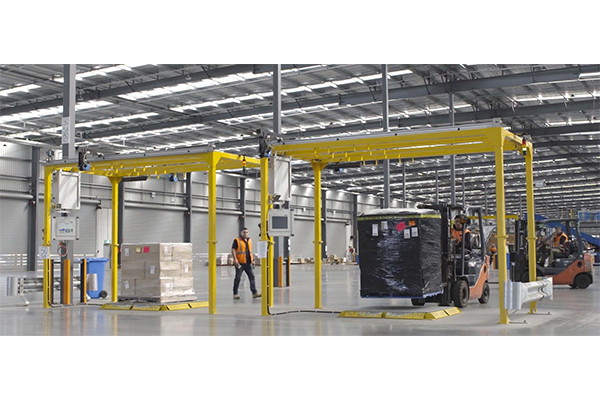
Dimension weigh scan of pallet goods
In express, logistics, or LTL freight
s it time to introduce automated dimensioning and weighing of pallet freight in your LTL freight business? Is your LTL or LCL freight business leaking a million dollars a year or more in lost freight revenue due to the mis- or under-declaration of freight weight and dimensions by shippers? Big money revenue leakage as a result of customers’ mis-declaring the weight and dimensions of their parcels is a core challenge for express freight providers. However, the same also holds true – on an even bigger scale – for many shippers of palletised freight. Increasingly more freight carriers are using the Cubiscan 1200 AKL for automated cubing and weighing of their palletised freight.

